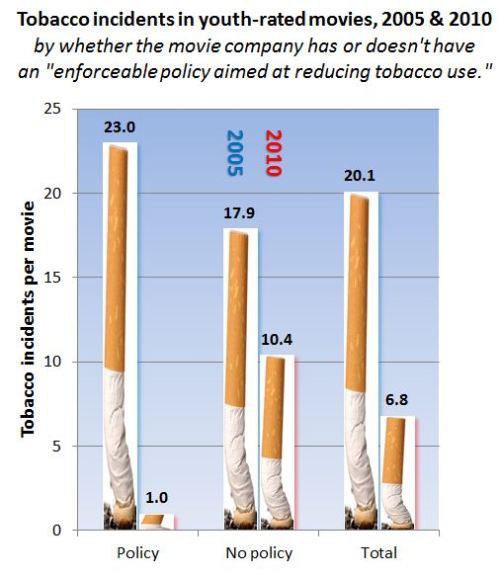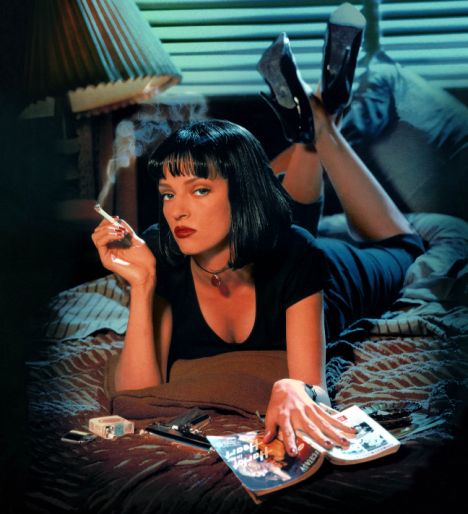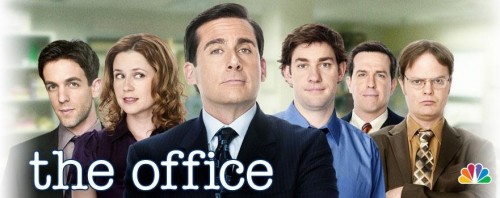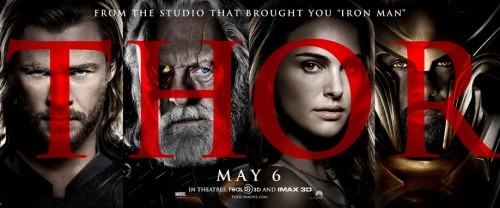
One thing I like about Anita Sarkeesian’s series, Tropes vs. Women, is that she doesn’t go for the obvious. Instead, she draws our attention to insidious and ubiquitous tropes that many of us have, nonetheless, never quite noticed before, exactly because they’ve simply become the water we swim in (e.g., the Manic Pixie Dreamgirl).
In this episode she reveals the Mystical Pregnancy trope, common in science fiction, in which women are involuntarily impregnated by aliens and monsters for nefarious and frightening purposes. Following Laura Shapiro, she calls out writers and directors for using pregnancy as a form of “torture porn” and using women’s biological capacity as a plot device, meanwhile ignoring the real, non-fiction threats to women’s reproductive rights.
Lisa Wade, PhD is an Associate Professor at Tulane University. She is the author of American Hookup, a book about college sexual culture; a textbook about gender; and a forthcoming introductory text: Terrible Magnificent Sociology. You can follow her on Twitter and Instagram.











